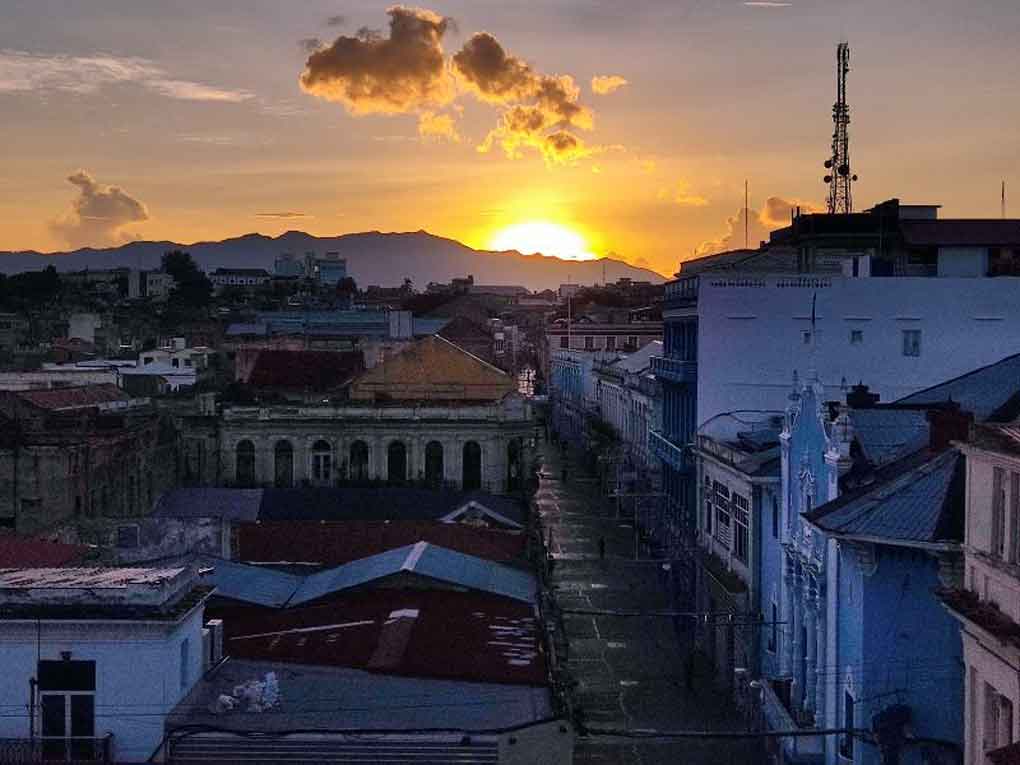This meeting (Sept. 24-29) has the peculiarity of bringing together more than 100 tour operators and travel agents from 20 countries, and attending in detail the potential of the places they visit (organized by the travel agency Ecotur and the Ministry of Tourism).
Surrounded by mountains, the city is today as cosmopolitan as the island’s capital, surrounded by charms that point to the history, culture and beauty of its environment.
Many travelers, especially from Europe and Canada, are interested in knowing the religious and traditional roots of this part of the island, and set aside a space in their vacation agenda to visit this city.
Today, visitors can enjoy a wide range of offers, with hotels like the Melia Santiago (venue of the closing ceremony of Turnat), right in downtown, or El Salton in the middle of the Sierra Maestra mountain range.
Santiago de Cuba is considered the most Caribbean city on the island, and also the hottest, since summers are truly hot, with temperatures exceeding 35 degrees Celsius.
Founded by Diego Velasquez in 1515, it was the first Cuban capital and archbishopric and has always maintained its historical and cultural charm.
It is a city between mountains, the streets are even very steep, among which stands out Padre Pico, which is not really a street itself, but a large staircase of 45 degrees of inclination and that appears in all the tourist postcards.
The province occupies more than 6,000 square kilometers, where 1,027,912 inhabitants live, according to official figures.
It is a very industrial area, known for gold in times of Spanish colonization, and then copper and coffee.
Of all the places to visit, it is essential, whether Catholic or not, to go to the Basilica del Cobre, about 18 kilometers from the provincial capital, very close to an open pit mine of that mineral.
Therefore, music, traditions, landscapes and history go hand in hand, when all the revolutionary processes arose precisely in the mountains or in the area, from the first anti-colonial war in 1868, to the process that led to the triumph of the Cuban Revolution in 1959, and where the landscape is prodigal in green.
mh/abo/mem/rfc









